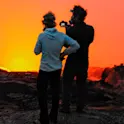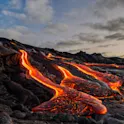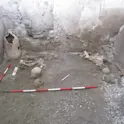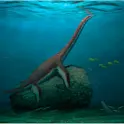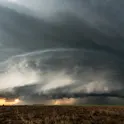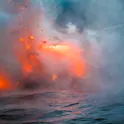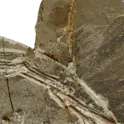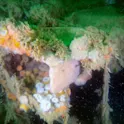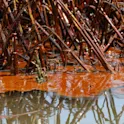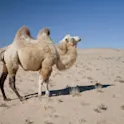Rare fossilized feathers reveal secrets of paleontology hotspot during Cretaceous period
by Angharad Brewer Gillham, Frontiers science writer Fossil STM 15-36, photographed by Xuwei Yin at the Shangdong Tianyu Museum of Natural History. Photograph courtesy of the authors. Rare preserved soft tissue – feathers from early Cretaceous birds at Jehol Biota – sheds new light on the world in which they died, millions of years ago. The site of Jehol Biota in China is famous for stunning fossils which preserve soft tissue – skin, organs, feathers, and fur. These fossils offer rare insights into the evolution of characteristics like flight, but they need careful interpretation to understand what the soft tissue looked and behaved like in life, and how decomposition may have affected it. A study published in Frontiers in Earth Science analyzed five fossils of an early Cretaceous bird, Sapeornis chaoyangensis, in order to study how the environment they were buried in changed the preservation of their soft tissue. “Jehol Biota provides the most informative source for understanding Mesozoic ecology,” said corresponding author Dr Yan Zhao, based at the Institute of Geology and Paleontology, Linyi University. “Better understanding of the diverse taphonomy of Jehol terrestrial vertebrates can help us finally understand more about the past and future of biological evolution.” […]


